Total Therapy Blog
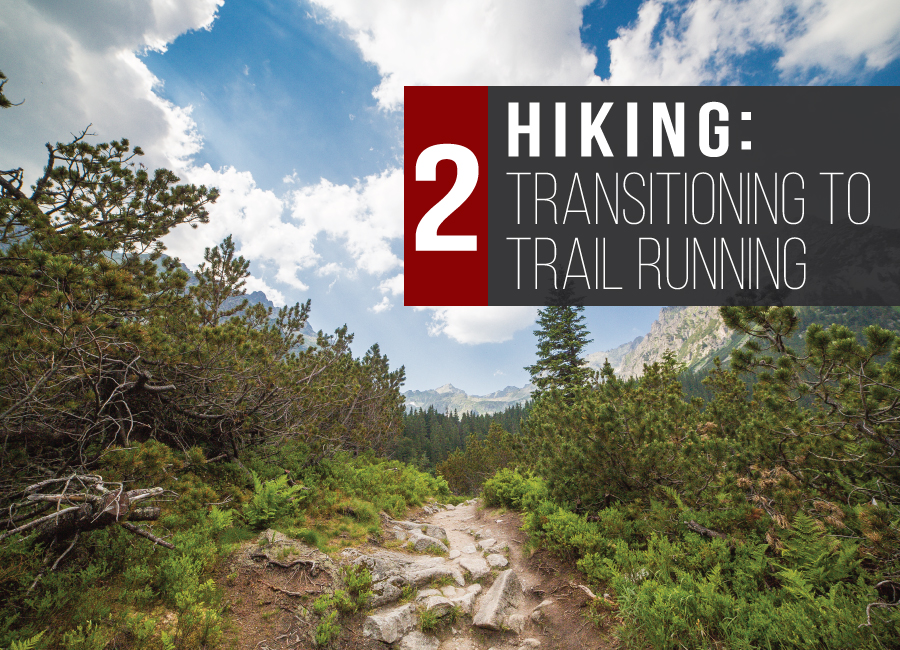
Hiking 2. Transition to Trail Running
Trail running is more popular than ever these days, especially since the Netflix release of the documentary The Barkley Marathon: The Race That Eats Its Young. (Seriously. Watch it.) But the Barkley is an extreme form of trail running that bests even the toughest ultra-marathoners. Don’t fear! We’re so lucky to be living in a place with a huge range of terrain and difficulty. If you want to give trail running a try, you can start at any level.
Series 2: Transitioning to Trail Running
Pavement is hard and unchanging, of course, whereas the soft ground of the trails has a tendency to give in or shift with your weight. I found, both with my own running as well as casually coaching friends, that learning to handle the terrain is the biggest hurdle as a novice runner. Here are some tips for conquering those trail runs…
Start slow.
 Whether you’re already a road runner (meep meep!) or a complete beginner, start lightly. The uneven surface of the forest floor works out a lot of small little muscles that you didn’t even realize could ache the next day. It’s going to take some time for your reflexes and muscles to get used to reacting to the ground’s unpredictability. And remember: there’s no shame in walking!
Whether you’re already a road runner (meep meep!) or a complete beginner, start lightly. The uneven surface of the forest floor works out a lot of small little muscles that you didn’t even realize could ache the next day. It’s going to take some time for your reflexes and muscles to get used to reacting to the ground’s unpredictability. And remember: there’s no shame in walking!
Stay focused.
Watch a couple strides ahead so you can react early enough to upcoming obstacles, like roots, divots, loose ground, trees, hikers, mountain bikers, and dogs. Constant vigilance, as Mad-Eye Moody would say. But don’t forget to stop and admire the view as well!
Shorten your stride.
Longer strides might feel like you can get through the tougher sections of the run faster, but they’re actually more work for your body. Your foot ends up landing further from the your center of mass, compromising your balance and leaving you vulnerable to slips, trips, falls… Basically nothing fun. Your hips and knees have to move through a larger degree of motion, which can lead to repetitive strain injuries. Longer strides also keep the leg more extended during the weight-bearing phase. This weakens the knee joint’s ability to absorb impact, and instead the bones and cartilage must take on the brunt of the force. Longer strides also just overall use more energy. That being said, at the end of the day, you should run whatever way feels most comfortable to you.
Support with your arms.
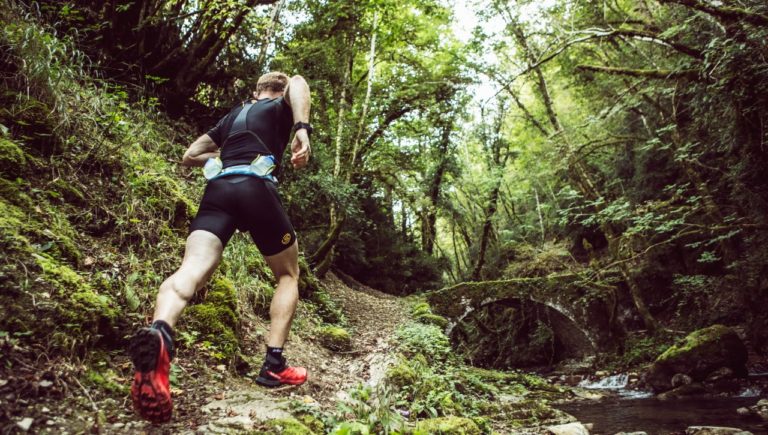
If not falling means you have to flail your arms a bit, why not? Unlike with pavement running, where athletes tend to keep their arms tucked closer to their sides, trail runners will keep their elbows out (like mini “airplane wings”). That way you can easily throw out a limb to find your balance again, or brace yourself if you’re going down. Just remember: don’t catch your fall with that outstretched hand! Your wrists and shoulders will thank you!
The natural swinging of our arms during running or walking is thought to counteract the motion of our legs, so we can stay balanced and upright. When the elbow is straight, the arm creates a larger counteracting force against the legs. This can help you slow down during some of the more extreme downhill you may encounter (whether it be too steep or too rugged). Conversely, bent elbows create a lighter arm swing, which will lighten the braking mechanism and allow us to keep going on those flats or uphill. Changing your elbow angle according to the change in grade is a tiny adjustment but it will help in the long run (get it?)!
Shoe shopping time!
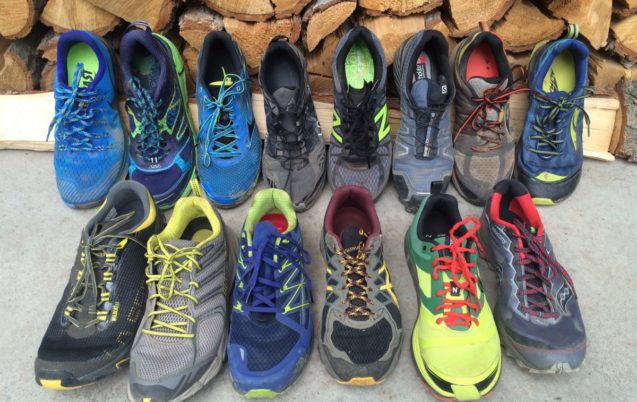 The best part!!! Although you could probably take on some good trails with regular running shoes, trail runners are really made to do this. My tip is to try your shoes out on a slope at the store, which most places have. It’ll give you a sense of the sole’s grip, and taking a couple steps upwards will show you very quickly whether you’ll have to worry about your heels rubbing or not.
The best part!!! Although you could probably take on some good trails with regular running shoes, trail runners are really made to do this. My tip is to try your shoes out on a slope at the store, which most places have. It’ll give you a sense of the sole’s grip, and taking a couple steps upwards will show you very quickly whether you’ll have to worry about your heels rubbing or not.
Some shoes have more aggressive tread than others but this doesn’t necessarily mean they’re grippier and therefore better– you need to match your shoes with the environment you’re running in. Some have a protective toe cap built in, but some runners, such as myself, might find that this rubs inside and causes blisters. There are companies out there with quick-laces that require no tying, and others who believe the classic lacing system allows the runner to cinch the shoes more precisely to their comfort. There are many trail runners out there and you probably won’t know what’s best for yourself until you go and try them out.
The purpose of this post isn’t to overwhelm or scare you in any form, but to arm you with some information. If you’re safe and having fun, you’re doing it correctly! Remember to smile, enjoy the process, and be kind and courteous to other fellow trail users. Hope to see you out there! Stay tuned on next week Friday for the third part of this series.
Happy trails,

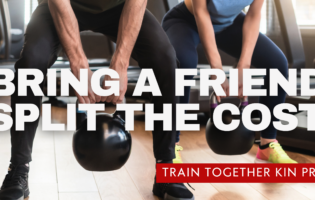

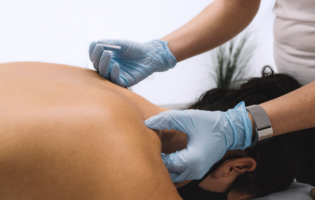
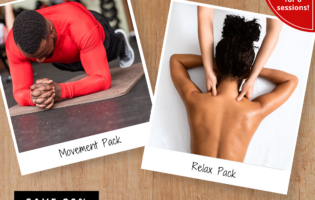



Follow Us!
& Stay Up To Date
BLOG